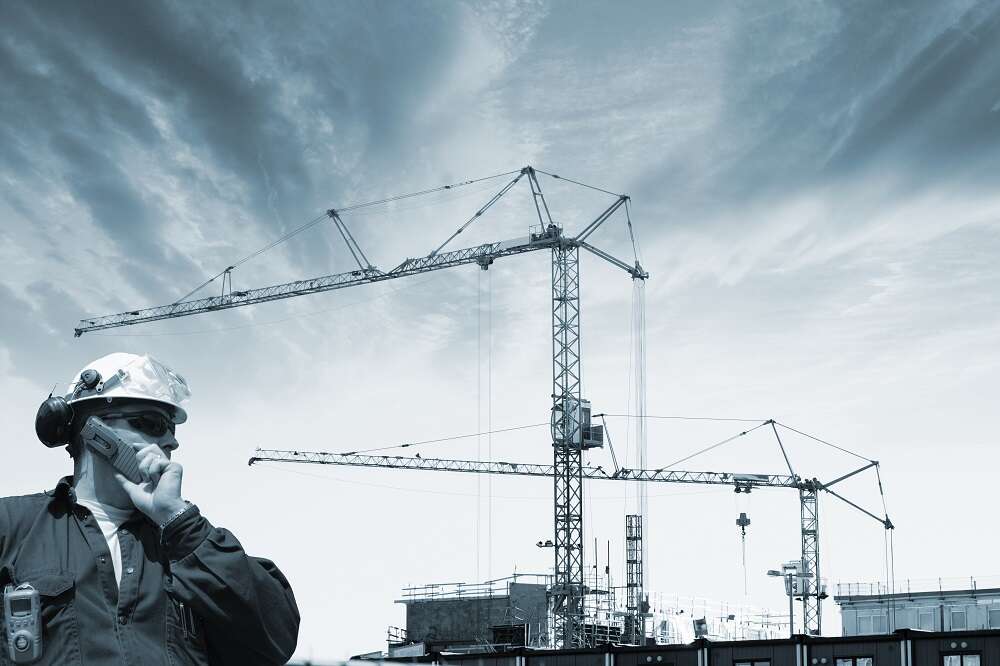By: PJ Farr, Managing Director, UK Connect

PJ Farr, Managing Director, UK Connect
Although previously averse to change, the construction industry is in the midst of a dramatic transformation. In particular, digital adoption, which is now being harnessed with gusto, as they can now see the huge benefits technology brings to their operations. From increasing on-site safety to better energy management, digital is paving the way for better building practice.
Yet, despite a growing awareness around the power of digital construction and its benefits, the UK’s connectivity infrastructure remains inconsistent. In its current state, the network falls woefully short of the mark and hinders the implementation of innovative systems nationwide.
However, the much-publicised, but gradual rollout of 5G, and complementary broadband Wi-Fi 6, has the potential to change this situation.
Although in the early stages of deployment, it’s clear both standards are game-changers. Already starting to come onto construction sites up and down the country they are starting to demonstrate what can be achieved with better connectivity.
5G, AI and Automation
To understand the benefits of 5G, its worth getting to grips with this emerging tech. Simply put, 5G is a collective term for a new set of wireless technologies and infrastructures. It’s smarter, faster and more efficient than existing 4G, currently the most used mobile technology in the UK.
What makes 5G a true enhancement on existing capabilities is its ability to dramatically improve mobile broadband speeds. This means that this can assist the handling of big data and support greater automation, seamlessly connecting and enabling multiple IoT devices (Internet of Things).
With the modern construction site now a hotbed for tech, improving the rate at which applications can function can have huge benefits – particularly for devices that rely on AI (Artificial Intelligence) and IoT connectivity. Faster broadband speeds allow these devices to run at peak performance which in turn can offer real-time data for up-to-the-minute reporting and a reduction in overall energy use as applications can work as intended.
In a world where the data demands of AI and IoT devices continue to grow each year, inevitably faster and more reliable broadband speeds will need to be introduced to keep pace. However, with the right hardware used, correctly installed, the established network will allow uninterrupted connectivity on-site, reducing lag and drop in connection speeds.
Safety-first
It’s not the first thing you might consider when discussing 5G, but better connectivity can also deliver a safer working environment. When established alongside, existing 4G LTE, 5G and Wi-Fi 6, these wireless standards are helping to raise health and safety standards.
One prominent example in construction is vehicle operation. Sites are full of hazards, with multiple personnel on-site at any given time and dangerous machinery in continuous use. With better connectivity, it’s now possible for site managers and staff to navigate potential risks, achieving a greater level of control, ensuring devices are switched off when not in use. This allows for new innovations, such as AI-equipped transport that only permits motion once it’s safe, which will help reduce the number of accidents on site.
The addition of smart CCTV cameras that can recognise incorrect PPE use is now also becoming a reality, helping to ensure that site regulation is being adhered to all times. What’s more, wearable tech that can monitor the health of staff when working in dangerous situations, such as when working at height, is also raising standards.
Yet if these emerging technologies are to come to fruition, we must first focus on connectivity solutions that overcome weak or intermittent signals which is currently hindering progress.
Let’s lose the lag
The importance of digital management platforms has significantly increased over the last decade. In construction, large data files such as annotated BIM Models or Revit files are now commonplace, and often an essential requirement.
Notoriously, downloading and gaining access to these files has been problematic and time consuming, particularly when on the move and relying on poor wireless connection speeds. Again the super-fast connectivity enabled by 4G LTE, 5G and Wi-Fi 6 will come to the rescue, overcoming this issue by allowing instant file sharing.
Having access to faster and uninterrupted broadband speeds from anywhere on site, means changes to designs can be logged and acknowledged in real-time, assisting the overall efficiency of the build process. It enables live online collaboration between users, achieving more accurate communication and eliminating long, drawn out download times.
What’s more, having the ability to download updates instantaneously each time a change to the model or plan is made, reduces the need for repetitive journeys to site. Not only does this increase efficiency, it also reduces carbon emissions from travel.
5G: The key to compliance
The introduction of new and more comprehensive building legislation is also shaping the industry’s approach to construction. New regulations include those attached to the Building Safety Bill and Fire Safety Act, have increased transparency and compliance requirements like never before.
To ensure that these new measures are being adhered to, real-time operation and big data collation are now an essential part of the puzzle. Project management apps and software are helping to drive compliance and best practice but for these to be successful then the connectivity infrastructure must first be in place to support it.
If UK construction really means to invest in a digital future, then the introduction of 5G and Wi-Fi 6 must take priority. So far, we’ve only seen the tip of the iceberg in terms of its potential but as digital construction becomes an ever more essential requirement in modern construction, of 5G and Wi-Fi 6 have the capability to take construction to new heights.
